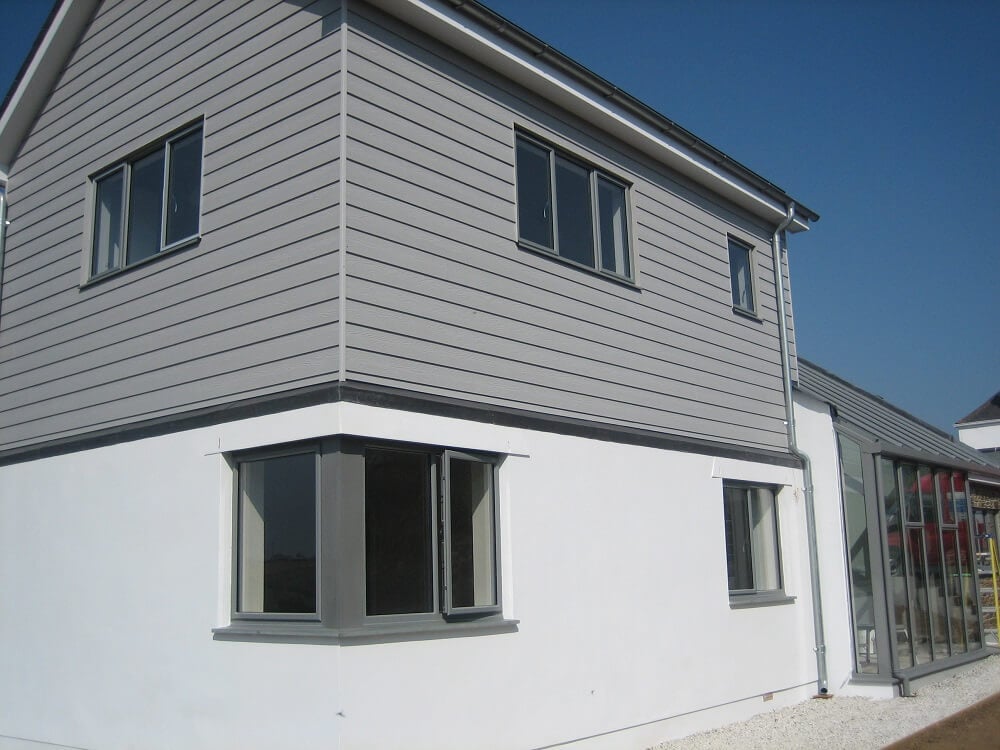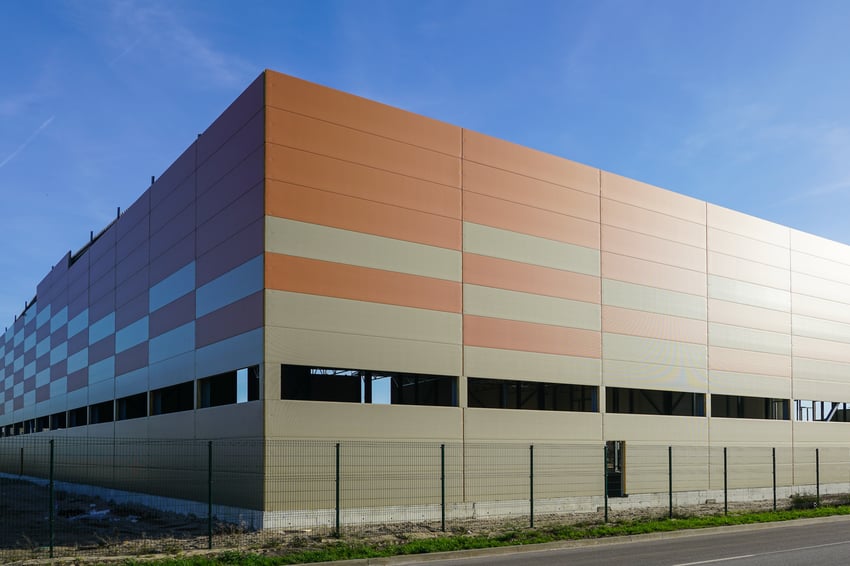Transform Your External with High-Quality Outdoor Cladding PanelsOutdoor Cladding Sections: The Great Combination of Operation and Beauty
Transform Your External with High-Quality Outdoor Cladding PanelsOutdoor Cladding Sections: The Great Combination of Operation and Beauty
Blog Article
Contemporary structure is constantly growing, with homeowners and developers seeking impressive methods to increase both the appearance and functionality of these buildings. One element that has observed a rise in reputation is the utilization of outdoor cladding panels. Not just are they visually attractive, but Outdoor Cladding Sections also provide a few realistic advantages, making them needed for modern homes.

Defining Outdoor Cladding Panels
Outside cladding cells are defensive layers attached to the exterior of a building. An average of for sale in products like wood, material, fiber cement, and composite, they convert usually simple facades into impressive, durable, and successful exteriors. Cladding is no more on a decorative purposes—it positively plays a role in a home's power performance, durability, and low-maintenance lifestyle.
Protecting and Preserving Buildings
One of many significant reasons outside cladding sections are regarded important is their ability to protect properties from severe weather conditions. Whether it's major rainfall, scorching heat, or freezing winters, a well-chosen cladding program guards the building's structure from the elements.
Data show that temperature coverage is responsible for 40% of external wall deterioration in buildings. Cladding cells serve as the very first line of protection, reducing the risk of water seepage, cracking, and form growth.
Energy Effectiveness and Sustainability
With energy charges rising globally, creating energy-efficient properties has become a concern for several homeowners. Outside cladding panels can play a vital role in increasing padding and maintaining consistent interior temperatures. Products like covered panels and blend systems may minimize thermal connecting, major to reduce power consumption for heating and cooling.
A examine by the Power Performance Council exposed that improving a home's warmth with cladding resources could minimize power application by around 30% annually. More over, many cladding items are manufactured applying sustainable methods, offering eco-conscious homeowners an green developing option.
Increasing Visual Appeal
Outside cladding panels carry modernity and quality to building exteriors. With various material options, finishes, and shades available, they allow for architectural imagination that matches contemporary lifestyles. From wood-look completes for hot, natural shades to glossy material sections for a cutting-edge feel, cladding panels let homeowners to improve their control appeal consistent with the latest trends.
The demand for aesthetic home exteriors is growing, with surveys suggesting that 68% of buyers value aesthetic attraction throughout a house purchase. Cladding systems check this box while providing functional advantages.
Reduced Preservation and Long-Term Value
Yet another purpose cladding panels have grown to be essential for modern domiciles is their little preservation requirement. In comparison to conventional color jobs or subjected plaster that will require repeated maintenance, particular cladding products like fibre cement or blend systems only need unexpected washing, considerably lowering maintenance costs.

A Contemporary House Essential
As homeowners purpose to build rooms which are wonderful, energy-efficient, and resilient, outside cladding sections provide a comprehensive solution. By defending against weather injury, boosting energy performance, and elevating aesthetics, these cells have truly received their place as an important function of contemporary homes. Their versatility and functionality make sure they are not just a development, but absolutely essential for forward-thinking architecture.
Report this page